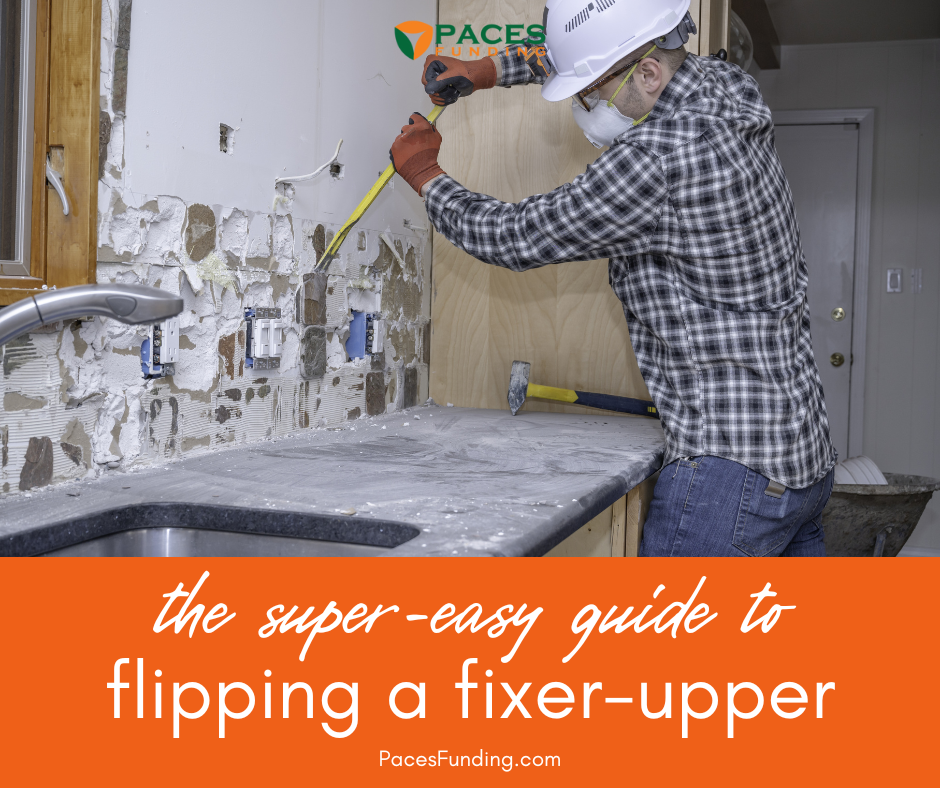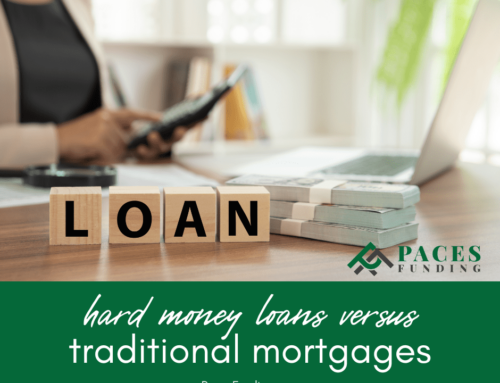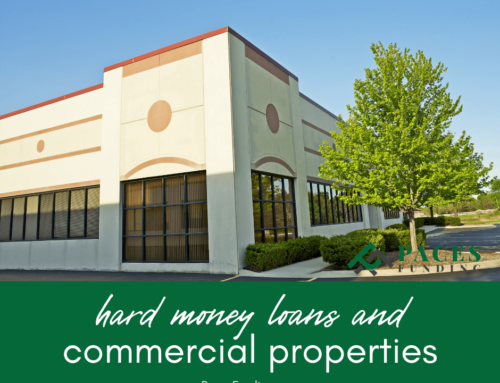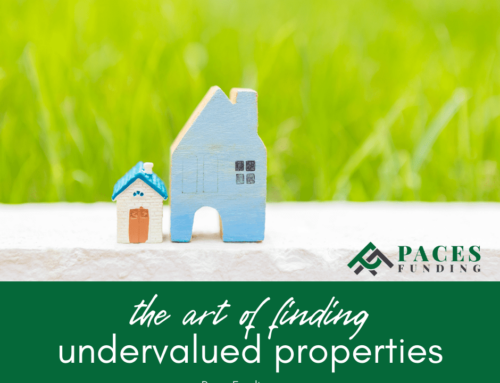
The Super-Simple Guide to Buying a Fixer-Upper and Flipping It
If you’re thinking about buying a fixer-upper home and flipping it for a profit, this guide contains everything you need to know to get started. It explores how to find the right fixer-upper, how to finance it, and how to make sure you make a profit on the sale.
The Super-Simple Guide to Buying a Fixer-Upper and Flipping It
This guide covers:
- Making Your Purchase
- Financing your fixer-upper
- Fixing up the home to sell
- Selling your fixer-upper for a profit
Here’s a closer look at each.
Step #1 to Buying a Fixer-Upper and Flipping It: Making Your Purchase
The first step in flipping a fixer-upper is finding the right property. Look for a property that meets the following criteria:
- It’s in a good location. The neighborhood should be one that is growing or has potential for growth.
- It’s not too big or too small. A three-bedroom, two-bath home is ideal.
- It has good bones. The structure of the home should be sound and it should be possible to make cosmetic changes that will appeal to buyers in the target market.
- It’s priced right. The purchase price should be below market value so there is room for profit when the house is sold.
After you find a property that meets these criteria, it’s time to make an offer. Be sure to get a home inspection to ensure that there are no major problems with the property that will need to be fixed.
Related: 5 awesome books for new REIs
Step #2 of Buying a Fixer-Upper and Flipping It: Getting Financing
The next step is financing your fixer-upper. There are a few different places you can get the cash to do this:
- Hard money lenders. These lenders specialize in loans for investment properties and will often lend based on the after repair value (ARV) of the property.
- Traditional banks. It may be possible to get a traditional loan from a bank, but it can be difficult to qualify for one if you don’t have good credit. It’s also very tough to get one of these loans approved quickly enough so you can jump on the deal; usually, they take too long, and another investor has scooped up the property by the time a conventional lender has agreed to give you the cash.
- Private investors. You may be able to find a private investor who is willing to finance your project.
Your best bet (and we know we’re biased here) is probably to work with a hard money lender.
What is a Hard Money Lender?
A hard money lender is a private lending institution that offers short-term loans, usually for real estate investing. Hard money loans are based on the value of the property being used as collateral, not on the borrower’s creditworthiness. This makes them easier to obtain than traditional loans from banks or credit unions, which are based on the borrower’s credit history.
What are the Benefits of Working with a Hard Money Lender?
There are several benefits of working with a hard money lender:
- Because hard money loans are based on the value of the property and not on the borrower’s creditworthiness, they can be approved much more quickly than traditional loans. This is important when you’re trying to buy a fixer-upper, because you need to act fast to get the best deals.
- Hard money lenders are often more flexible than traditional lenders when it comes to things like loan terms and conditions.
- Lower interest rates. Hard money loans typically have lower interest rates than traditional loans, which can save you money in the long run.
- Less paperwork. The application process for a hard money loan is usually much simpler than the process for a traditional loan, which means there’s less paperwork for you to deal with.
What are the Drawbacks of Working with a Hard Money Lender?
There are also some drawbacks to working with a hard money lender, but if you intend to successfully flip the house, they probably won’t concern you much:
- Higher fees. Because they’re taking on more risk, hard money lenders typically charge higher fees than traditional lenders.
- Shorter terms. Hard money loans are usually for shorter terms than traditional loans, which means you’ll need to pay them back more quickly.
- Higher interest rates. As we mentioned before, hard money loans usually have higher interest rates than traditional loans, which means you’ll need to pay more in interest over the life of the loan.
- You’ll need collateral. In order to get a hard money loan, the home you’re buying is used as collateral.
Related: What is passive real estate investing?
Step #3 of Buying a Fixer-Upper and Flipping It: Doing the “Fixing” Part
After you have the financing squared away, it’s time to start fixing up the home. This is where the real work begins, and it’s also where most people get in over their heads.
The key to successfully flipping a house is to stick to your budget. Don’t go overboard with the renovations; just do what’s necessary to make the house look nice and increase its value.
Here are a few tips to help you stay on budget:
- Get multiple estimates. When you’re getting quotes from contractors, make sure to get at least three. This will help you ensure that you’re getting a fair price.
- Do some of the work yourself. If you’re handy, you can save a lot of money by doing some of the work yourself. Just be sure that you know what you’re doing; otherwise, you could end up costing yourself more in the long run.
- Shop around for materials. Don’t just buy the first thing you see; take the time to compare prices and find the best deals.
- Stick to your plan. Once you’ve made a budget and drawn up a plan, don’t deviate from it. It can be tempting to go overboard when you see how much potential the house has, but resist the urge.
Related: Should you hire an inspector if you’re selling a fixed-up property?
Step #4 of Buying a Fixer-Upper and Flipping It: Selling the House for a Profit
After the house is all fixed up, it’s time to sell it. This is usually the easy part, but there are still a few things you need to do in order to make sure that you get top dollar for your fixer-upper.
- Price it right. The most important thing you can do when selling your house is to price it correctly. If you price it too high, you’ll turn off potential buyers; if you price it too low, you’ll leave money on the table.
- Stage it properly. Another important thing to do when selling your house is to stage it properly. This means making sure that the house looks its best when potential buyers come to see it.
- Market it effectively. Once you’ve priced and staged your house, you need to market it effectively. This means using all the available channels to get the word out about your house, including online listings, yard signs, and open houses.
- Negotiate shrewdly. When you get an offer on your house, it’s important to negotiate shrewdly. This means getting the best price possible without alienating the potential buyer.
With these four steps, you can successfully buy a fixer-upper and flip it for a profit. Just remember to stick to your budget, stay focused, and be patient; with a little hard work, you can turn your fixer-upper into a real moneymaker.
Related: 3 big mistakes new real estate investors make (and how to avoid them)
Do You Need a Hard Money Loan?
Paces Funding is the top hard money lender in Georgia, North Carolina, South Carolina and Tennessee. Apply for a hard money loan here or click through our site to find out how we can help you now!














